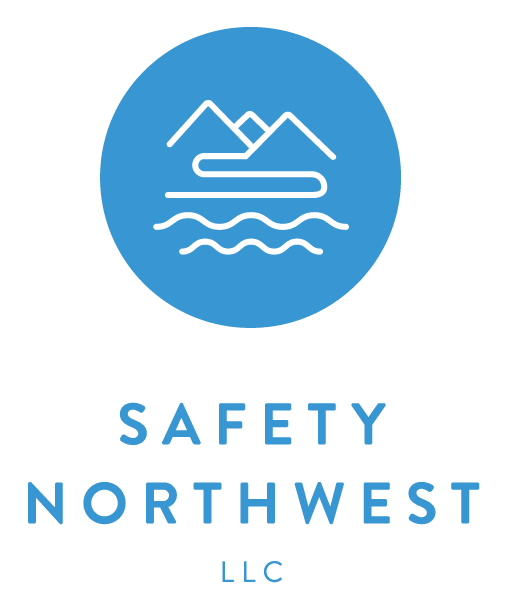Safety - Who needs it anyways?
Being safe is an innate part of being human. As a species, perhaps uniquely, we know we will die at some point and each person takes thousands of precautions every day to prevent death from taking us prematurely. People are very good at not getting hurt. Of course, some of us may be more injury-prone than others, but each person manages and avoids potentially fatal hazards every day. Do we stay inside our homes, hiding away from the world? No. We hop in our two-ton death traps, also known as cars, and hurdle through space at 65mph. It has been this way since pre-historic humans left the cave to hunt and gather.
Yes, personal safety comes naturally in our evolution to live, survive, and continue. But something else also is a fundamental driver of human behavior – risk. Humans are willing to take risks to acquire the things we need, whether that is food, clothing, shelter, or even just a good time. What would drive a person to jump out of a fully functional flying airplane? Fun! Of course. There is risk in everything we do.
People are excellent at managing risk in their personal lives to prevent injury. Or, at least, managing risk to an “acceptable” level in their lives. People don’t want to get hurt. People are willing to take risks. So why the heck does the field of Safety even exist?
The employer/employee-based relationship must be examined to reveal that, fundamentally, there is a power imbalance in the relationship. Workers are coerced, through existence for the need of resources (money), to accept employment. Once in an occupational role, workers have limited power to decide what that job is or how it will get done. Or workers will take risks that are beyond their personal preference to be viewed as a good employee who “gets the job done.” This power imbalance puts extra responsibility on the employer to ensure that the tasks assigned to an employee are safe. Asking workers to “choose to be safe” is not enough to ensure that risk is reduced to an organizationally acceptable level.
The field of Safety works to accomplish organizational goals while providing safety and security to the worker. This is accomplished through risk assessment and hazard control, creating engineering solutions, providing safety training, and enforcing rules and policies. The process may be arduous, but the rewards are plentiful. Providing a safe place to work has many benefits no matter the motivation – whether they be altruistic, financial, legal, or production-based. As an employer, you should examine why it is, and how it is, you keep workers safe. Ask yourself, are you doing enough?
